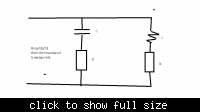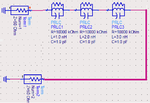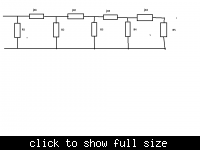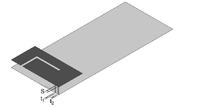shazdek0ch0l0
Member level 3
equivalent circuit model for dual or triple band antenna?
Dear,
are you have any ideas about 2band or 3band (or mult-iband) antenna equivalent circuit?
(in transmission line or lumped element)
Is there any source or book about this subject?
Dear,
are you have any ideas about 2band or 3band (or mult-iband) antenna equivalent circuit?
(in transmission line or lumped element)
Is there any source or book about this subject?
Last edited:









